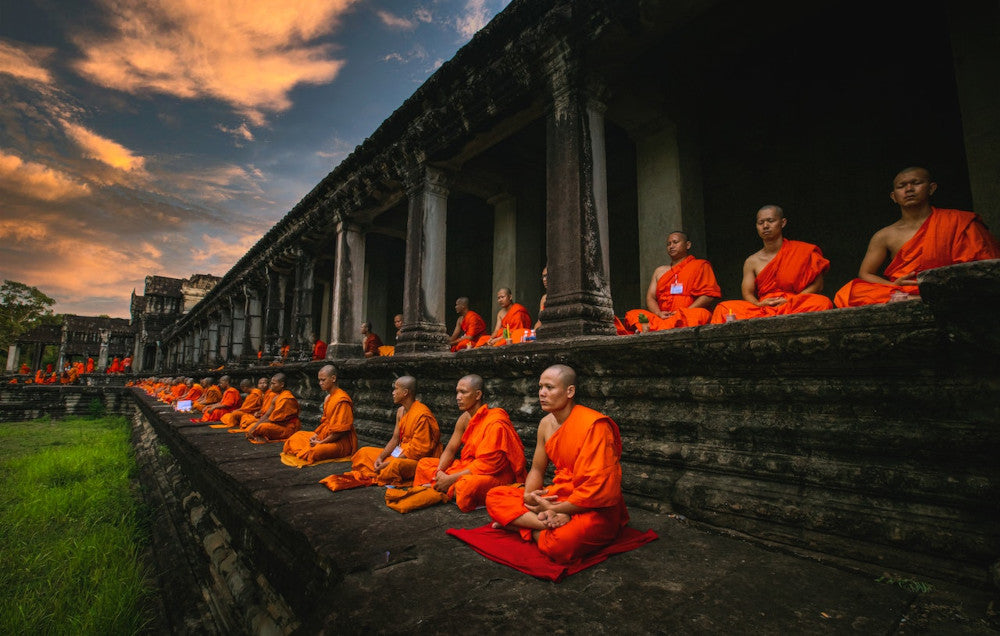
Buddhist monks wear robes that represent their renunciation of the world and worldly possessions. The color and style of the robe can vary from one sect of Buddhism to another. Theravada Buddhist monks adhere to one of the oldest styles of monk attire and wear cotton robes dyed saffron.
Besides the traditional saffron yellow robes, monks in different sects may wear red or maroon robes, black and white robes, or brown robes.
In Buddhism, monks seek to avoid wishing for worldly goods. They own one to three sets of robes and may seek food, lodging, and necessary medicine. They do not own anything else! In fact, many Buddhist monks only wear robes made from donated material, or donated sandals, as well. This ties into one of the Buddhist goals of attaining f state of being without wishes.
Panaprium is independent and reader supported. If you buy something through our link, we may earn a commission. If you can, please support us on a monthly basis. It takes less than a minute to set up, and you will be making a big impact every single month. Thank you!
Kasaya Robes

Buddhist monks wear robes that vary in color and design according to individual sects, but one of the most prominent styles of robes is called the kasaya or chivara. The term “kasaya” describes the saffron, orange, or brown color common for Theravada Buddhist monks, while the term “chivara” refers to all three portions of a monk’s robe combined in one outfit. Monks wear a “threefold” robe style comprised of three individual garments.
The three parts of the robes include a sarong-style lower wrap called an antaravasaka, the uttarsanga which is a folded rectangle of cloth that wraps over the shoulder, and the sanghati, an additional robe or wrap worn in cold weather. You can find out more about the history of Buddhist monk robes in this article from the World Religion News.
Buddhist Monk Robes Compared to Shaolin Monk

Shaolin Buddhist monks commonly wear a variation on the saffron robes despite their famous martial arts focus. Shaolin monks practice Zen Buddhism and focus on many tenants of that faith. They live in the Shaolin temple, founded in 495 AD in China. This ancient temple inspired one of the major practices of martial arts in the world, called Shaolin Kung Fu.
Of course, Shaolin monks also wear traditional Chinese garments like han fu attire for training purposes. This features a short robe that opens in the front and ties shut at the side, often made of cotton or silk.
Today, the Shaolin temple has become a big tourist attraction, but over 70 monks still train and observe a version of Buddhism called Chan Buddhism there. You can learn all about the modern Shaolin temple here.
Buddhist Monk Robes Compared to Catholic Monk

Buddhist and Catholic monks wear very different styles of robes. Catholic monks today typically wear a long robe called a habit, pulled in at the waist by a type of belt called a cincture. They also often wear a cowl or shoulder cape with an attached hood for special occasions. The color of the monk’s habit often depends on the order or monastery that he belongs to, but most monks wear white, brown, grey, or black in the Christian faith. These colors symbolize penitence, repentance, and purity in that Catholic tradition.
Buddhist monks, in contrast, often wear draped robes that cross the shoulder. Depending on the sect of Buddhism, they commonly wear saffron, magenta, or yellow robes, though some sects do wear white and black as well.
That said, both Buddhist and Christian monks use special sets of prayer beads. Catholic monks use a rosary and many Buddhist monks keep a mala or set of prayer beads with them. You can learn more about the mantras that go with each bead on a mala here.
Theravada Buddhist Saffron Robes

The tradition of the robes worn by Theravada Buddhist monks reaches all the way back to the time of the Buddha when monks originally wore robes pieced together from abandoned scraps. Texts from this time record a change allowing monks to wear donated robes, at which point the monks began to dye their robes a distinctive saffron color in order to set themselves apart.
The saffron coloring comes from dyeing the fabric with a mixture of tree bark, roots, and flowers native to India. Buddhist Door Global explains the origins of the instructions for how to make these robes in this article about the ancient text called the Mahavagga. It is interesting to note that even today, monks wear clothes made from fabric cut into separate pieces and then stitched together, to symbolize the idea of wearing patched clothing that no one else would desire.
Tibetan Buddhism Maroon Robes

Tibetan Buddhist monks commonly wear robes in a similar style to Theravada Buddhist monks, but in Tibet, the sacred colors of red and maroon dye the robes instead of the traditional saffron shade. The changes in the robes worn by Tibetan Buddhist monks emerged mostly due to the chillier climate in Tibet, which necessitated additional garments for the monks.
These garments include the shemdap, a sarong-style wrap skirt. Just like with Theravada Buddhists, this skirt always uses patched fabric under the guiding principle that this way, monks do not own anything that someone else could want. The Donka serves as a shirt with capped sleeves. The Chogyu often maintains the traditional saffron color and wraps over the shoulder. And the Shen serves as a maroon shoulder wrap for daily use.
You can find out more about the history of Tibetan monks’ robes here.
Buddhist Monks in China

Buddhism traveled to China during the Han dynasty, around approximately 150 CE. Today, several sects of Buddhist monks live in China. The specifics of the robes worn by Chinese Buddhist monks can vary from one area to another, but in most cases, Chinese Buddhist monks wear a top with sleeves as this variation from the one-shoulder robes by monks in India fits in better with the Chinese concept of modesty.
In China, the rectangle robe worn draped over one shoulder is called the Jiasha, and it contains patched fabric or has patches sewn onto it. It is typically worn crossed over a one-piece robe with a cross collar, in the Chinese style. This robe is called a zhiduo and can vary in color, though it is often grey.
Asia Society offers a deeper dive into the history of Buddhism in China if you’re interested!
Zen Buddhist Monks in Japan

In Japan, Buddhist monks often wear a white kimono beneath black robes held shut in the front with a sash. However, like many sects of Buddhist monks, they connect with more ancient traditions by including a shoulder wrap or shawl in yellow, called a kashaya.
One of the best-known sects of Buddhist monks in Japan is Zen Buddhists, who believe in meditation to awaken the inner self and strive for compassion. You can learn about the fundamentals of Zen Buddhism in this article from Stanford University.
Sleeves vs No Sleeves

Early Buddhist monks as well as some modern Buddhist monks who live in warmer climates often wear no sleeves. Instead, they wear a sarong-style skirt and a wrap that can cross one or both shoulders. When in public, the monks typically cover both shoulders. Special rules govern these dress guidelines, as you can learn in this article from the American Buddhist.
However, this traditional garb proved challenging in colder climates as well as in areas where social norms dictated different concepts of modesty. Because of this, the style of robes worn by monks in other parts of the world began to change. Monks in China often wear a long-sleeved top along with a folded shoulder wrap, for example.
Shoes Vs Bare Feet

Buddhist monks do not wear shoes that cover the heel and the toe. This means that many monks wear sandals for everyday walking today. Some monks in colder areas may also wear closed-toe shoes if the shoes are donated.
However, many monks do not wear shoes in specific places such as within the monastery, and never in a temple or holy area. If you ever visit a Buddhist temple, make sure you remove your footwear first! This rule enforces the idea of leaving all dirt outside the holy grounds. You can find out more about how to show respect in your attire when you visit a Buddhist temple here.
Cap or Hat

Buddhist monks sometimes wear ceremonial hats or caps for special occasions. For example, Tibetan Buddhist monks wear a hat with a curled-up point facing the front for certain ceremonies.
The color of the hat can indicate different sects of Buddhism. For example, one group of monks in Tibet wears a yellow hat, while another sect wears a maroon hat. You can read all about this difference in an article from Time magazine.
Shaved Hair

No matter what type of hat a Buddhist monk wears, all Buddhist monks shave their heads. In Buddhism, human hair is sometimes called “weeds of ignorance” because it symbolizes human vanity and ignorance. Trimming away all hair is a literal and metaphorical cleaning process for monks.
In fact, one of the symbols of becoming a monk for a Buddhist is the first time a monk shaves his head. This way, the monk has a literal expression of his desire to leave behind worldly possessions.
After that, monks shave each other’s heads every 15 days. as an act of caring You can find out about this important Buddhist tradition in this article from the Jogye Order of Korean Buddhism.
Pure Fabric

Traditionally, Buddhist monks had to wear garments made from “pure” or unwanted fabric. This allowed the monks to fully live out the ideal of owning no possessions by not taking fabric someone else might want. The earliest monks actually sewed together robes out of abandoned scraps of fabric and then dyed them brown or saffron using leftover spices and tree bark.
In fact, legend claims that early monks used fabric that rats had partially eaten! Today, monks typically use donated funds to purchase fabric or wear robes made from donated fabric. This fulfills the ideal of wearing nothing but material unwanted by the rest of the world. You can read more about the symbolism of a monk’s robe in this article from Tibet House.
Natural Fibers

Modern monks do not have to search for scraps of fabric with holes from rat teeth, but they do strive to wear only fabric made from natural fibers. Modern monks continue to make and dye robes in traditional manners dating back hundreds of years.
Today, most monks wear 100% cotton robes made by manufacturers who donate them and follow the special guidelines for making monk’s robes. You can find out more about how the monks dye and finish the robes themselves in this interview with a Buddhist monk.
Mala Prayer Beads

Many sects of Buddhist monks carry a type of prayer beads called Mala beads. This string of beads always contains 108 beads, and each bead has a special mantra or saying that goes with it. The beads have an ancient history in both Hinduism and Buddhism, as you can learn from this WebMD article. As a fun fact for you, historians think that the Catholic rosary may have originated from the tradition of mala beads as well!
Mala beads have many uses in yoga, mindfulness practices, and meditation as well as in the Buddhist religion.
Alms Bowls

Buddhist monks often wear an alms bowl around the neck during alms collection in some parts of the world. In earlier times, monks survived by begging for food with the alms bowl. Today, even sects that no longer use this practice still hand out a traditional alms bowl to all monks because the bowl symbolizes many important parts of a monk’s life.
According to ancient texts, an alms bowl must have special characteristics. It has to have a grey color to look uninviting so that no one else will desire it. It should have exactly the right size to fit enough food for one person, to avoid discontentment. It should have a flat bottom and rounded edges and a crude form to avoid sparking greed.
You can learn about the history of the alms bowl in Buddhist China here.
Was this article helpful to you? Please tell us what you liked or didn't like in the comments below.
About the Author: Hannah Cobb
What We're Up Against
Multinational corporations overproducing cheap products in the poorest countries.
Huge factories with sweatshop-like conditions underpaying workers.
Media conglomerates promoting unethical, unsustainable products.
Bad actors encouraging overconsumption through oblivious behavior.
- - - -
Thankfully, we've got our supporters, including you.
Panaprium is funded by readers like you who want to join us in our mission to make the world entirely sustainable.
If you can, please support us on a monthly basis. It takes less than a minute to set up, and you will be making a big impact every single month. Thank you.




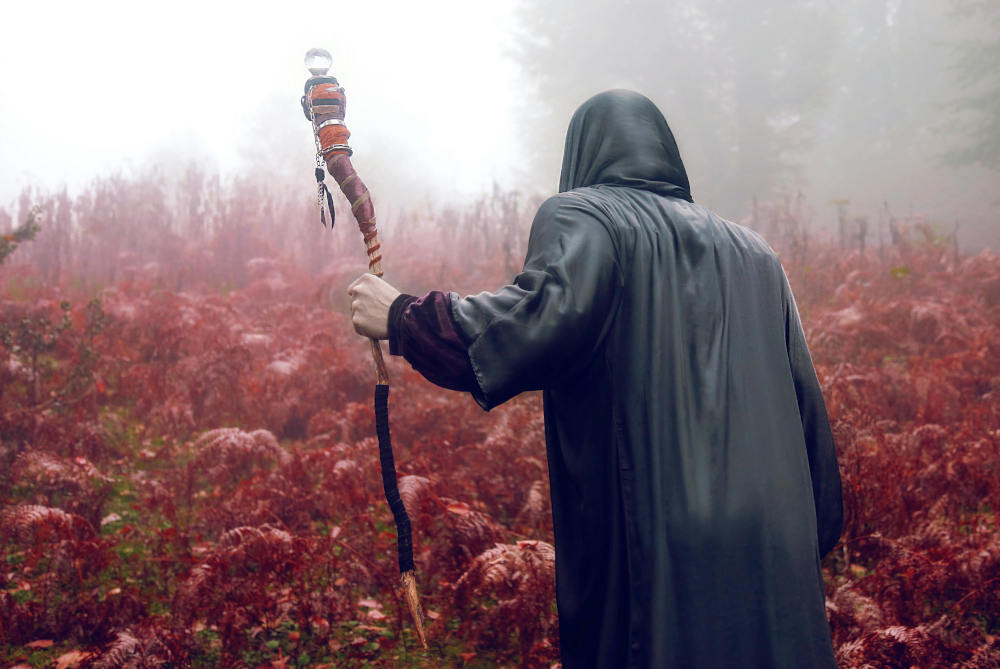
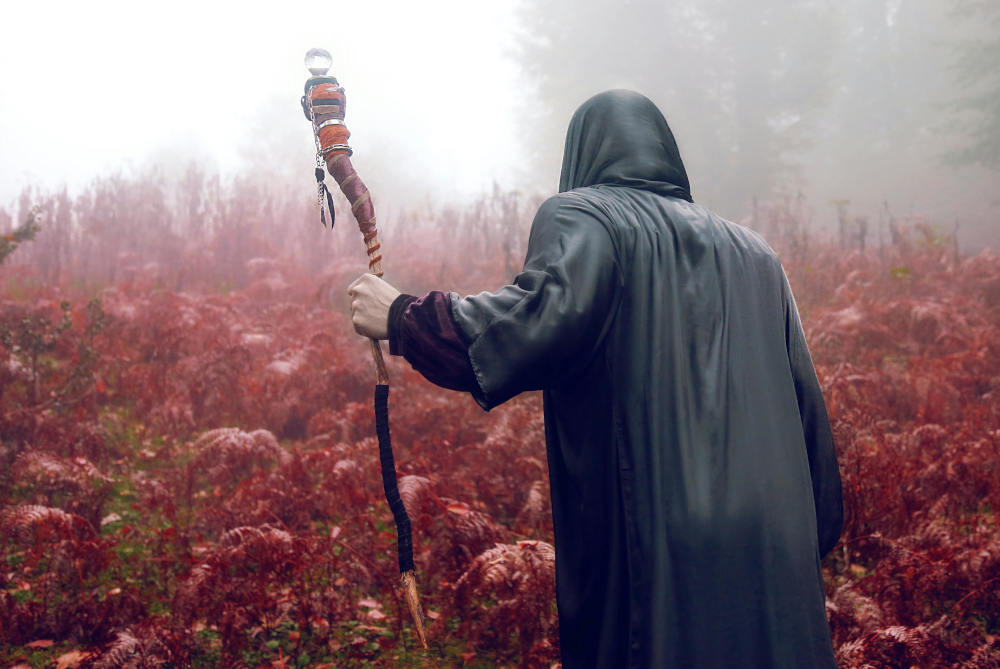
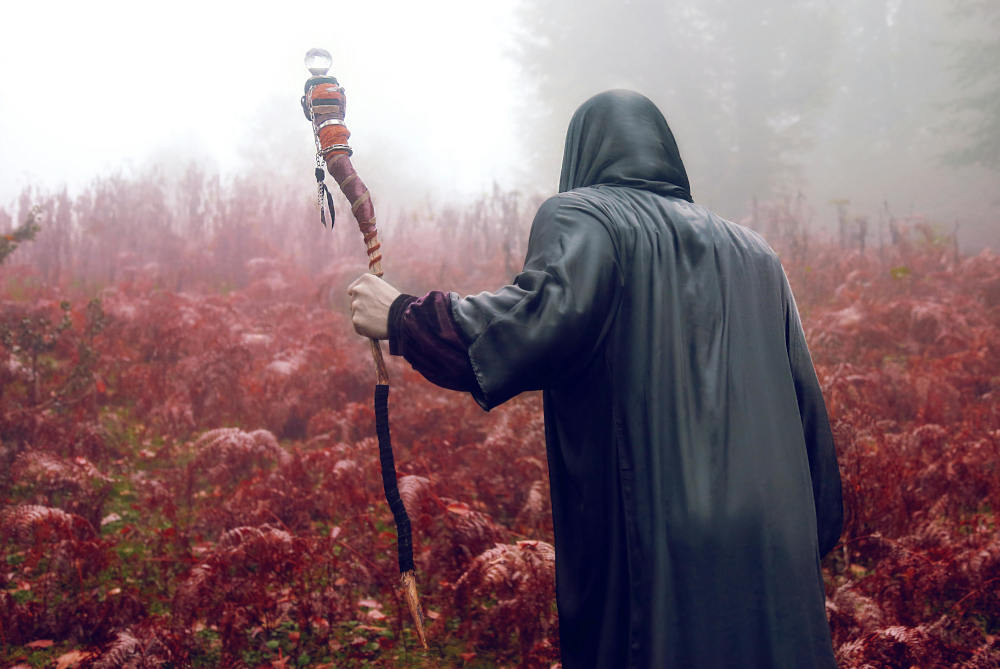
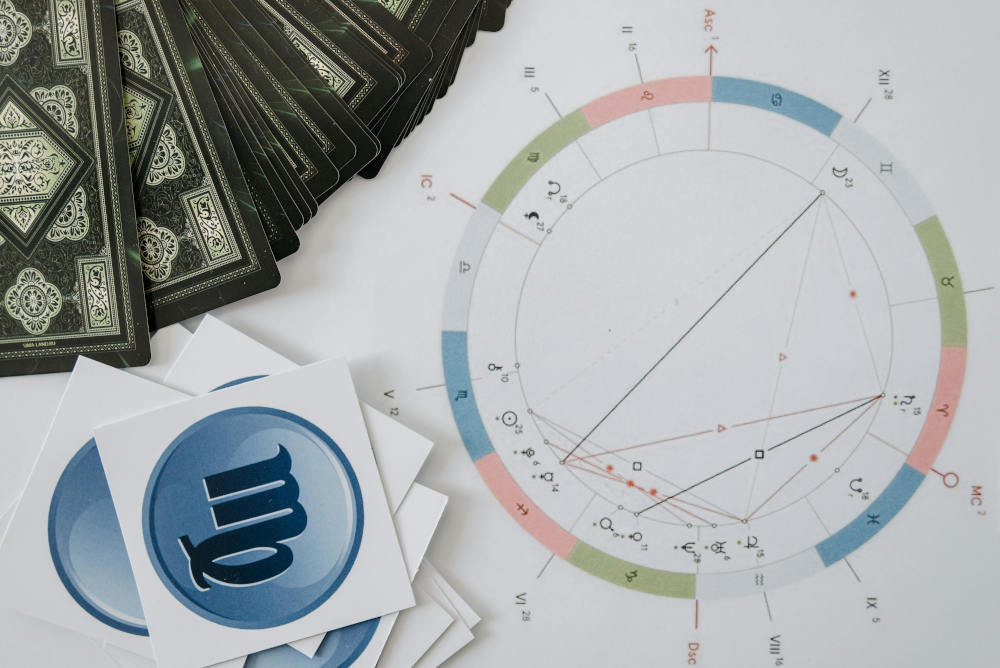
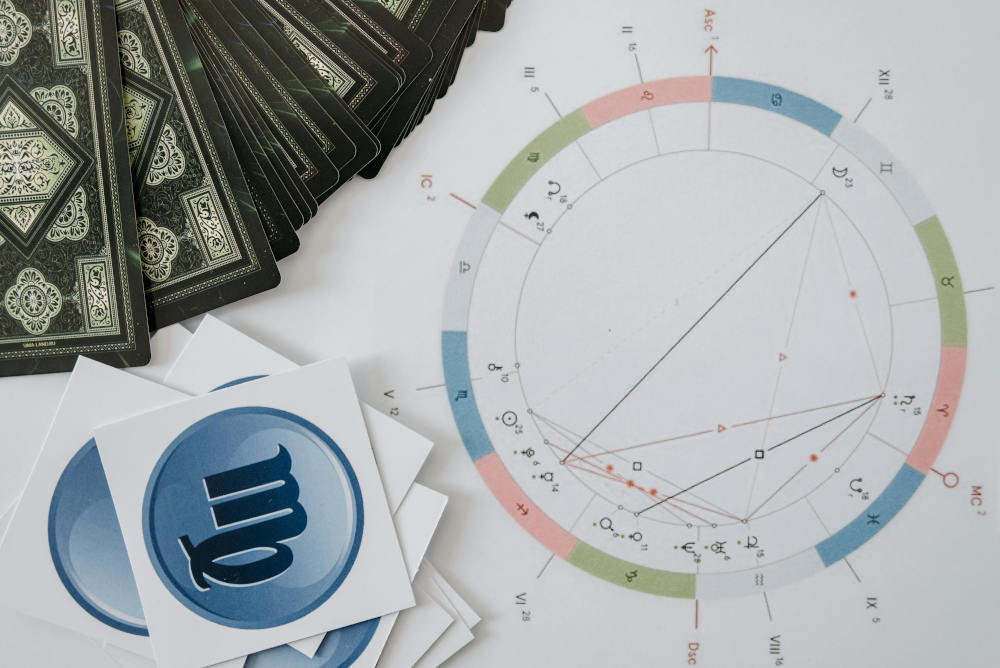
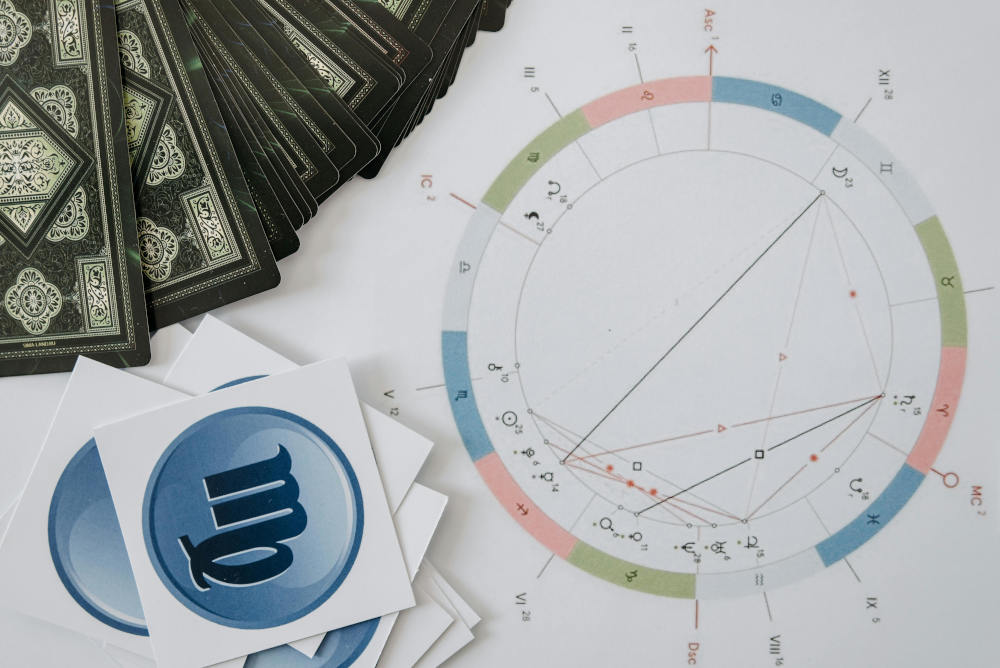
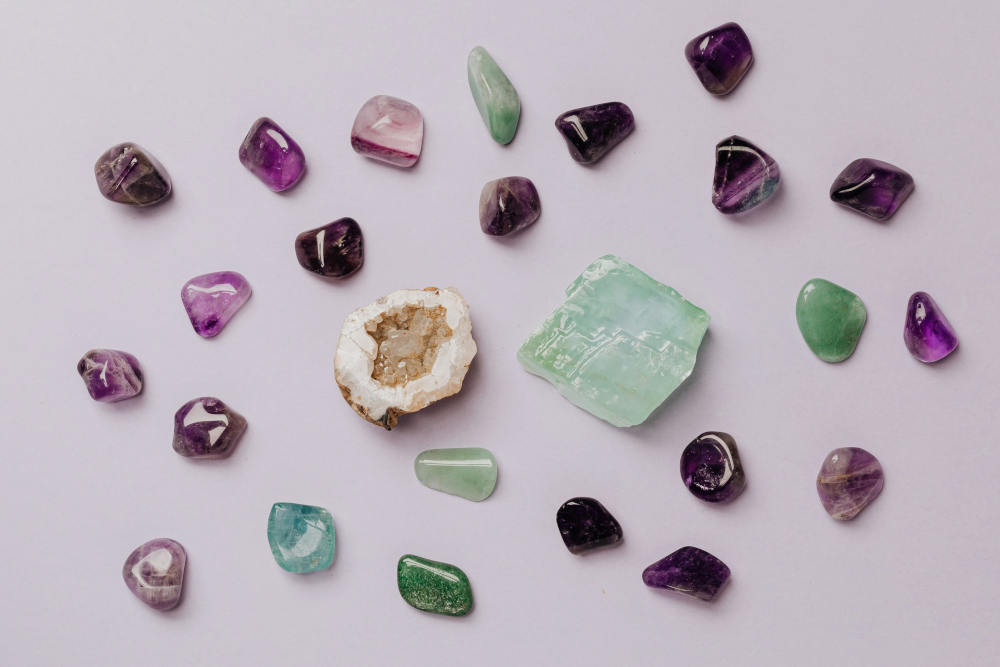

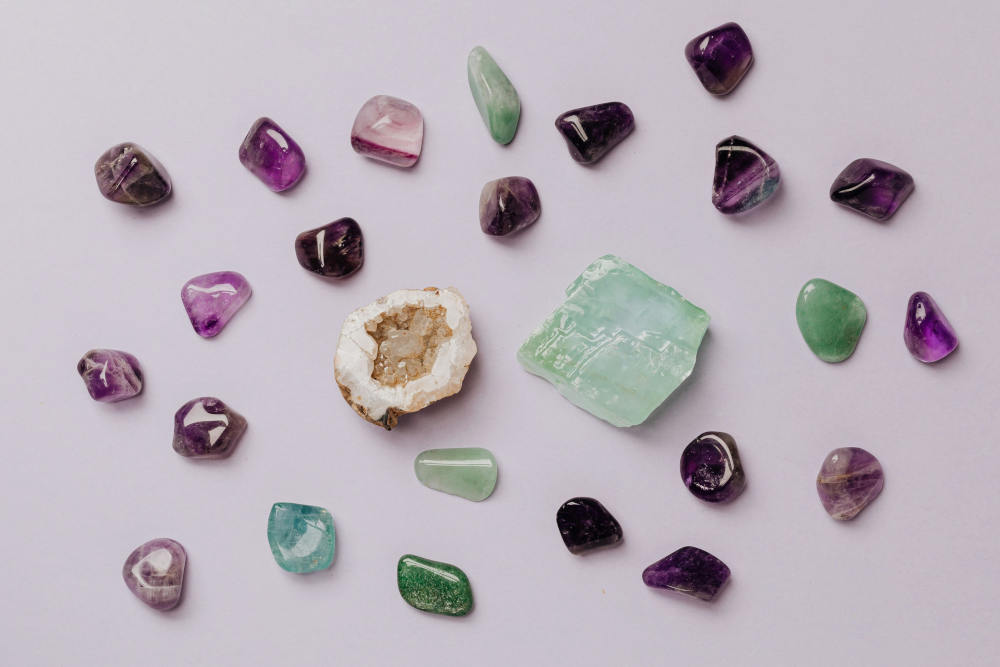
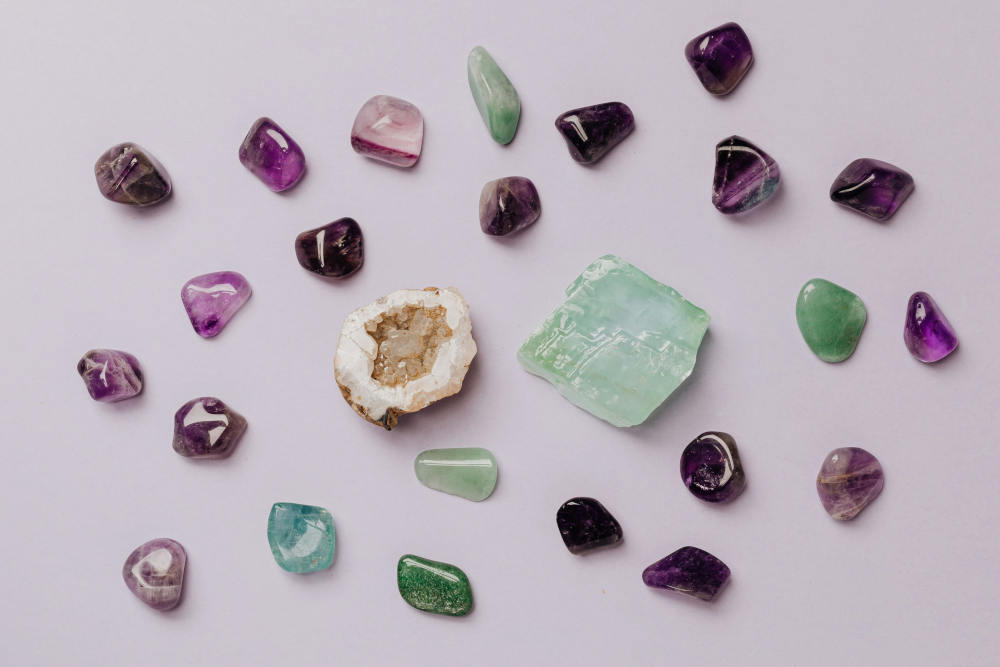
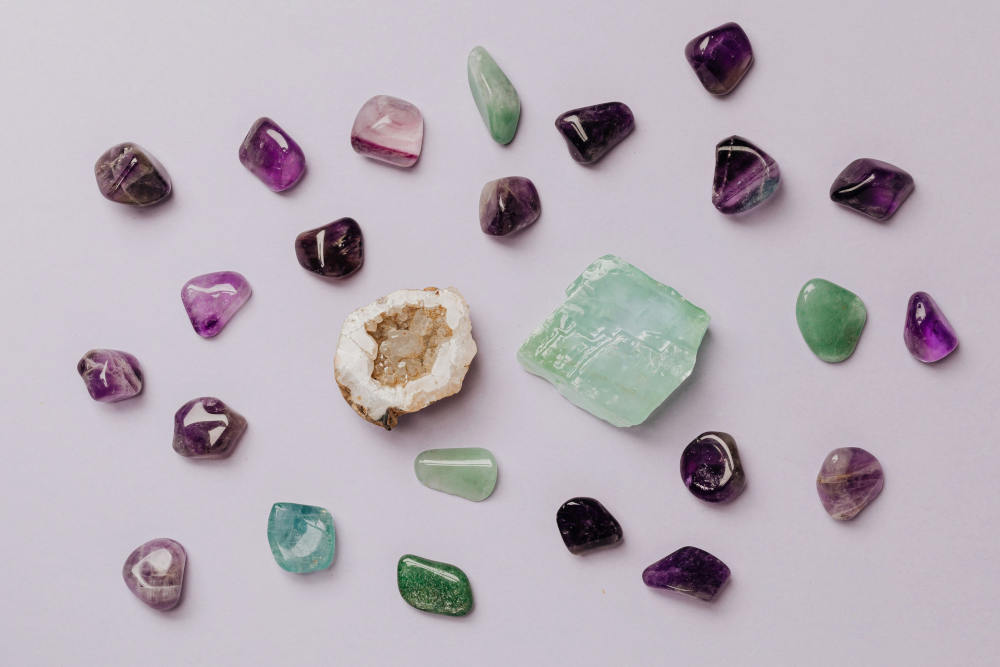
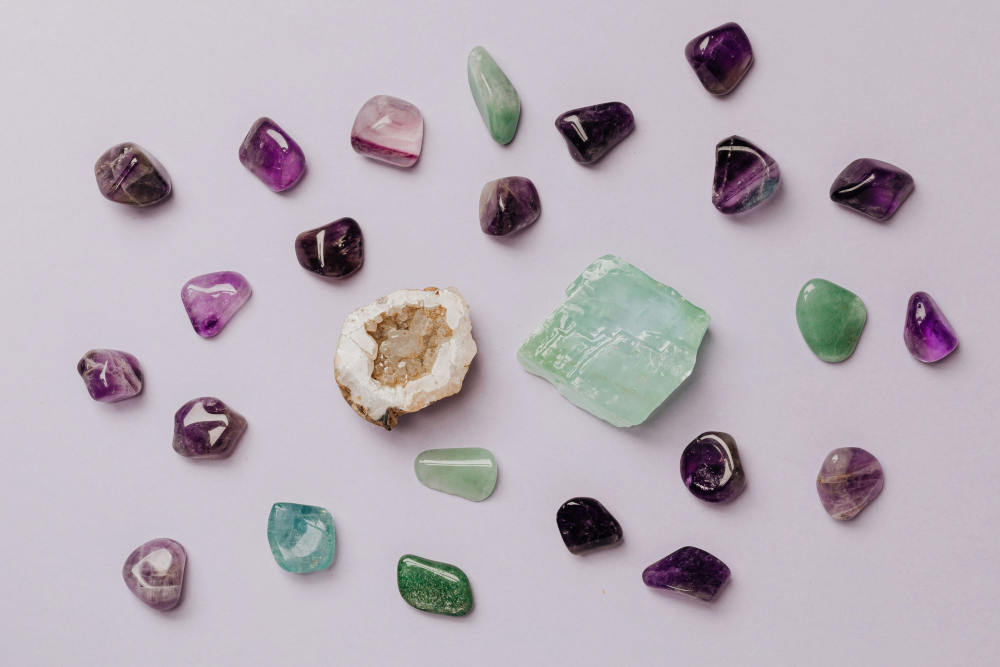
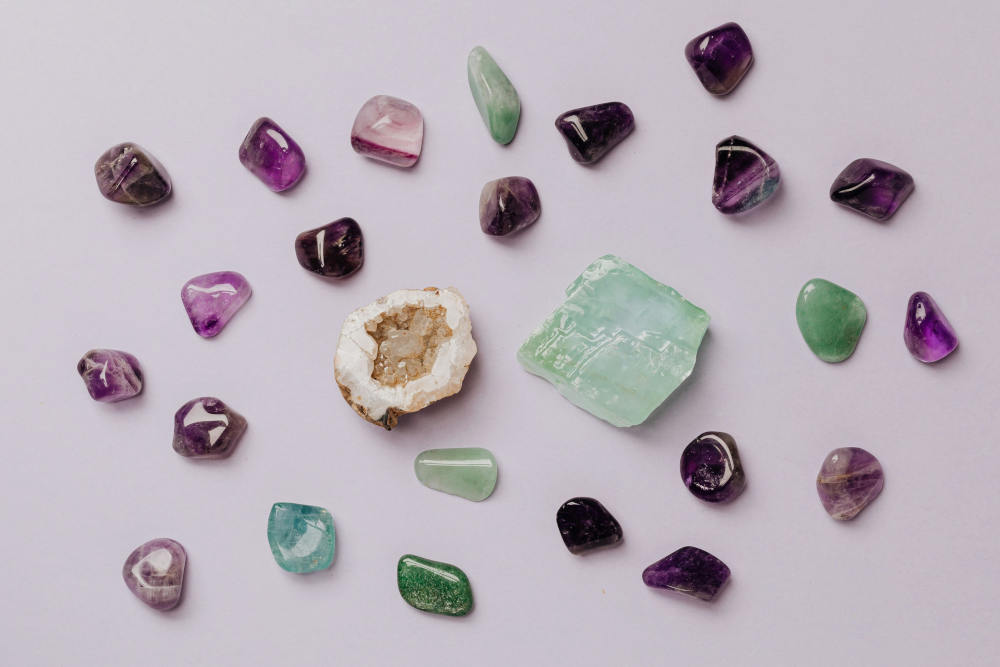
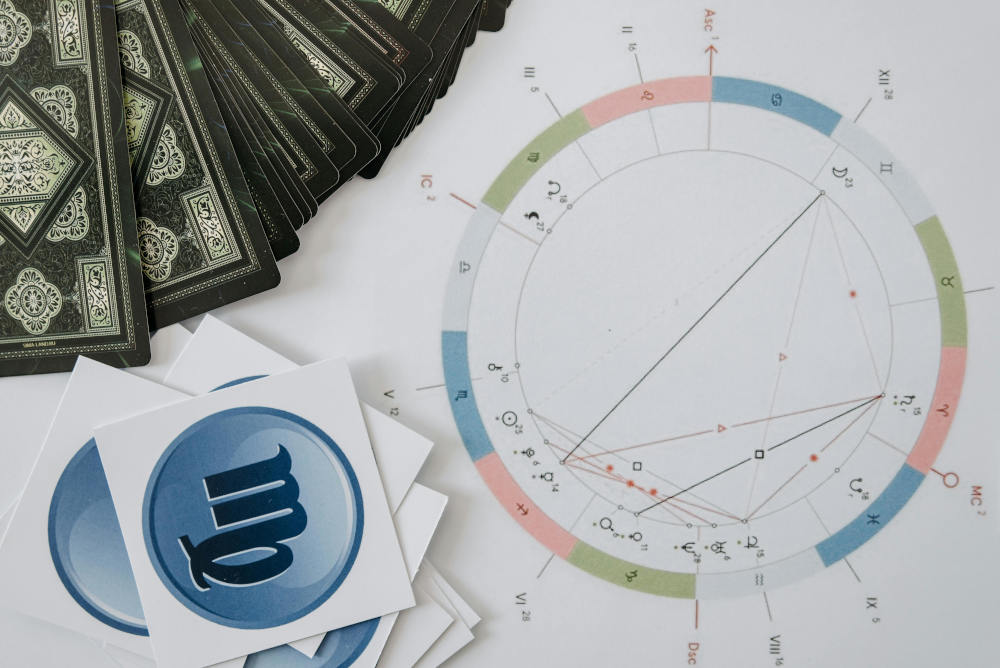
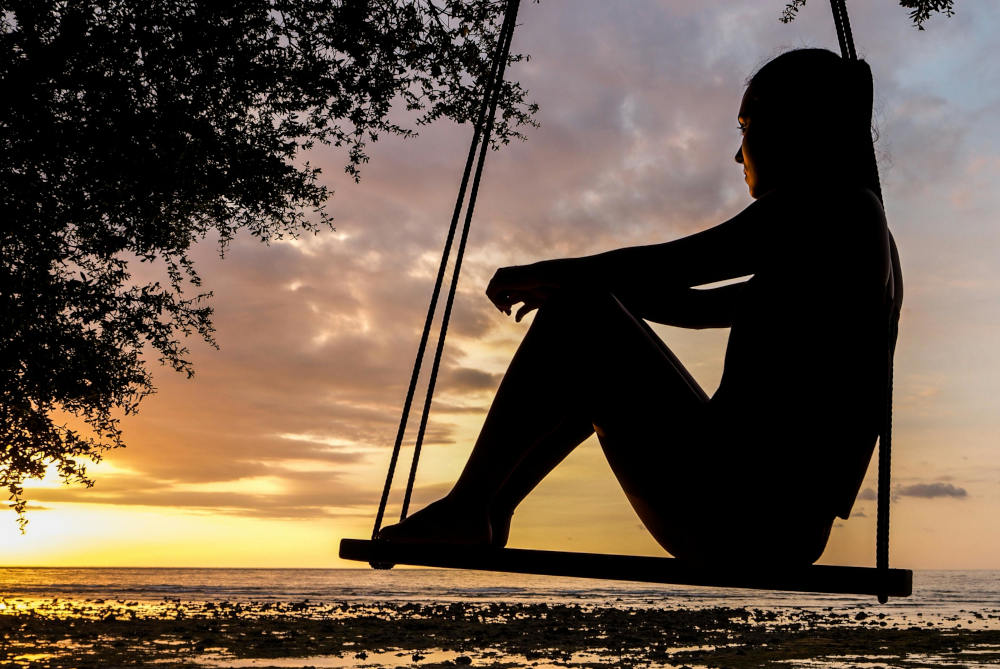

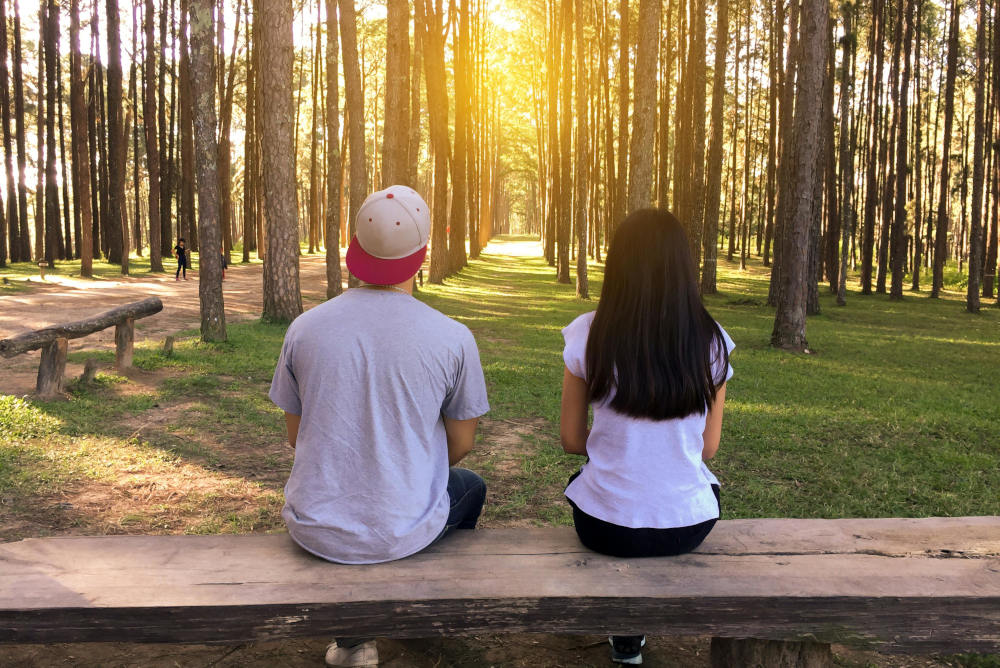
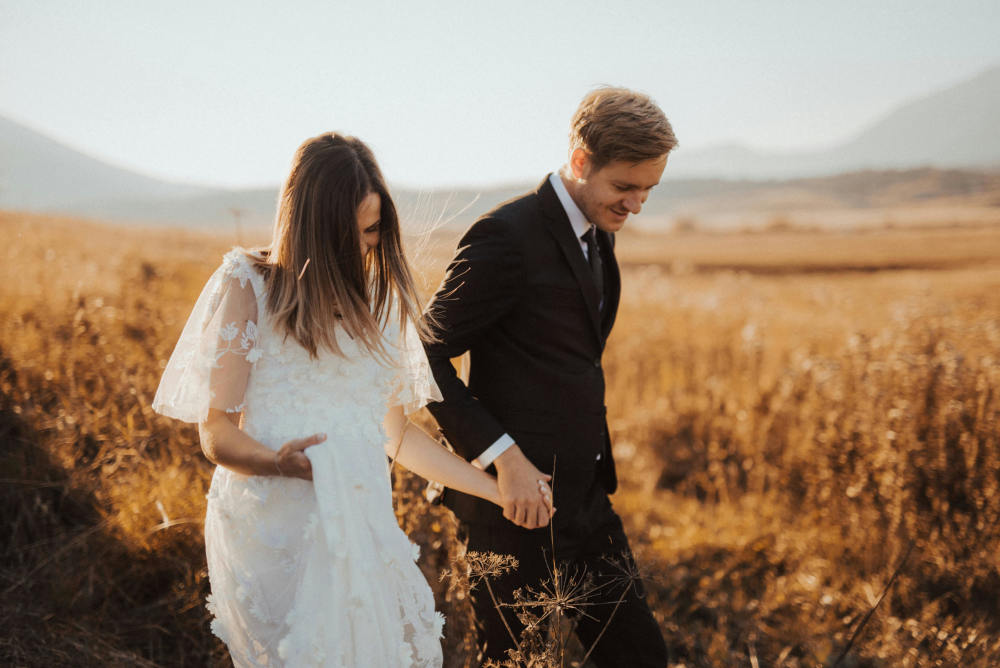
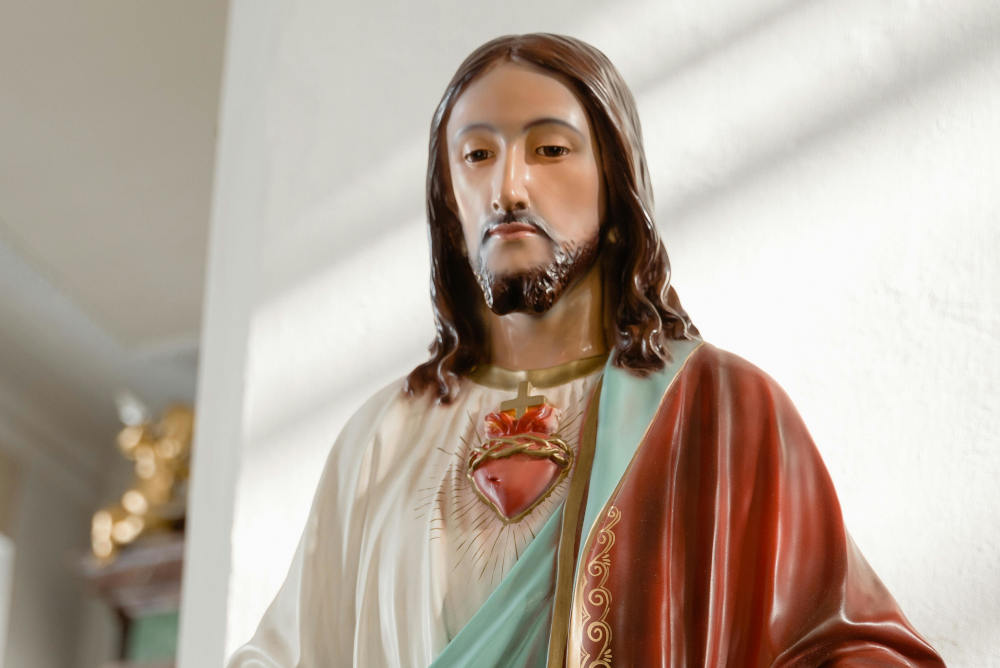
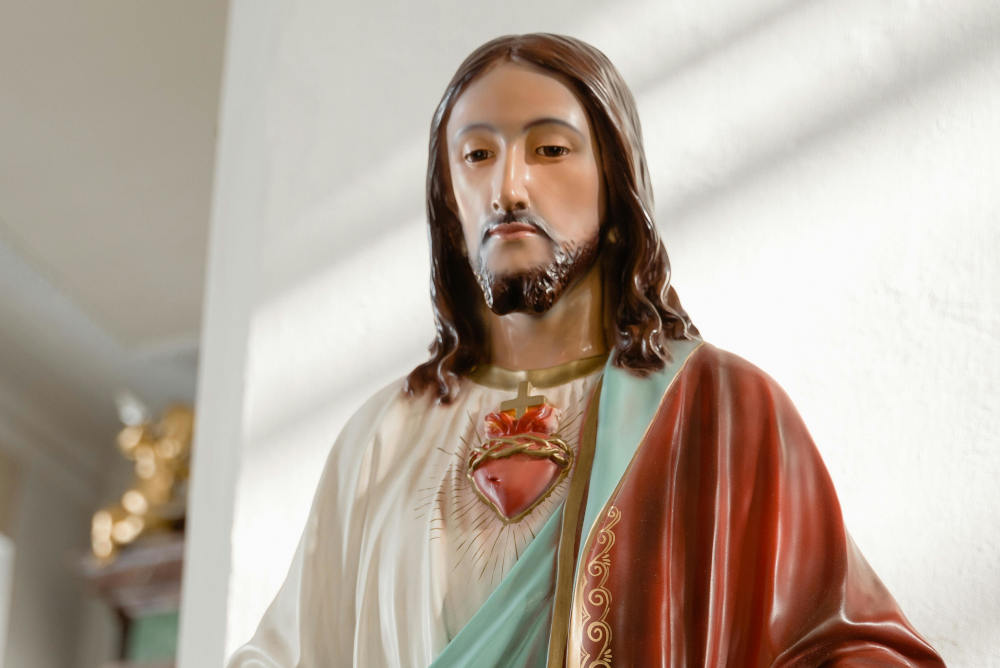
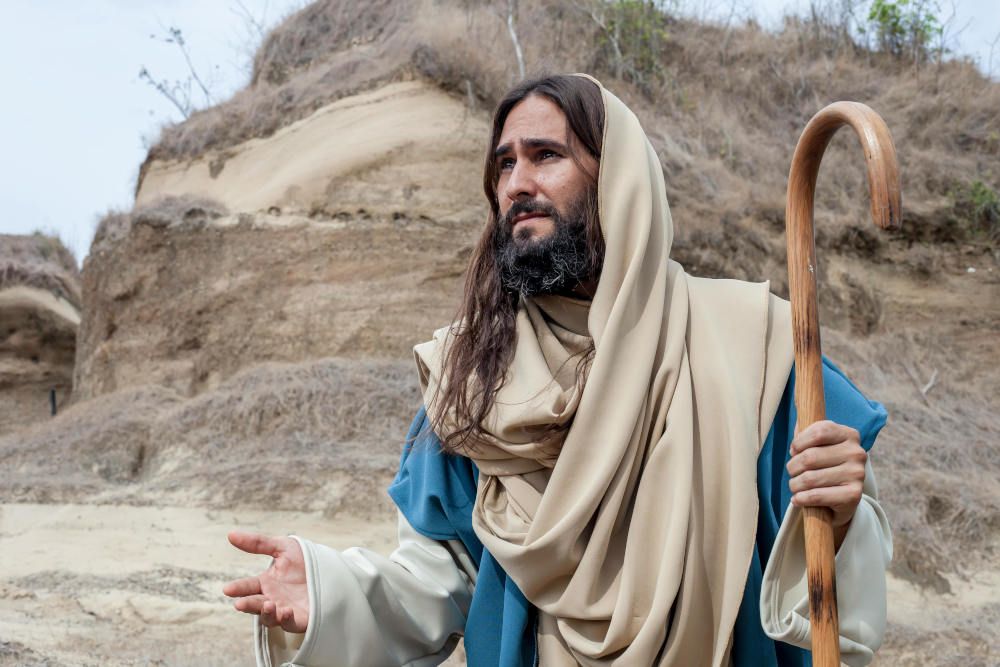
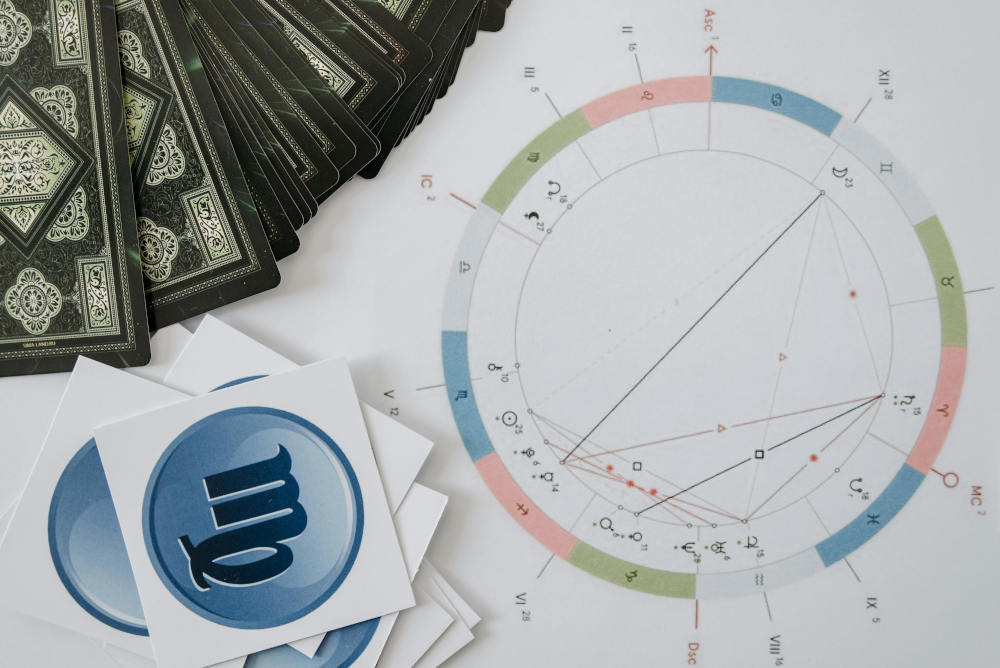
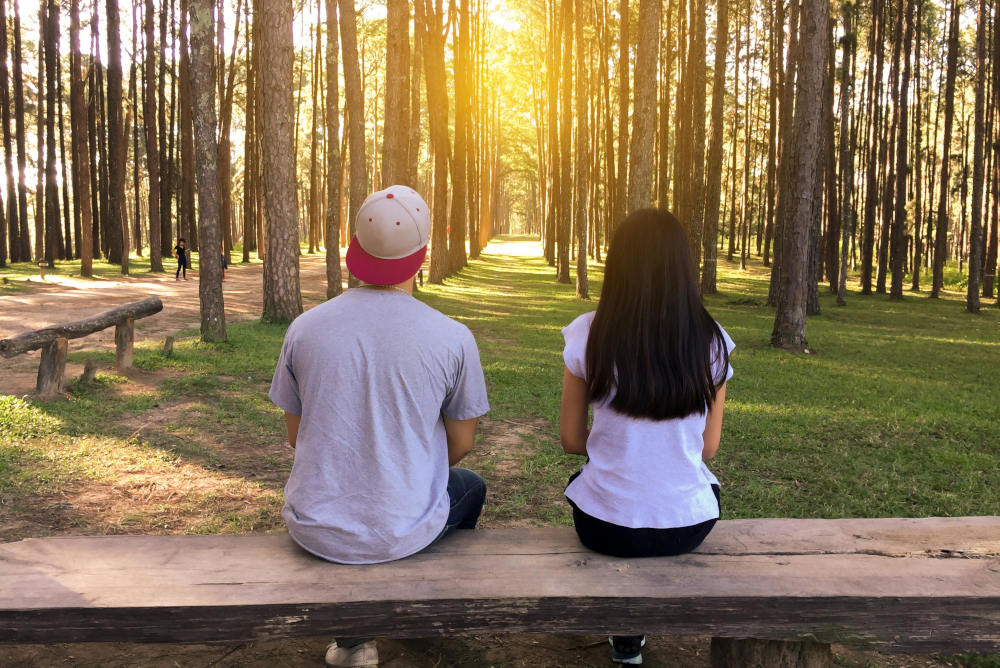
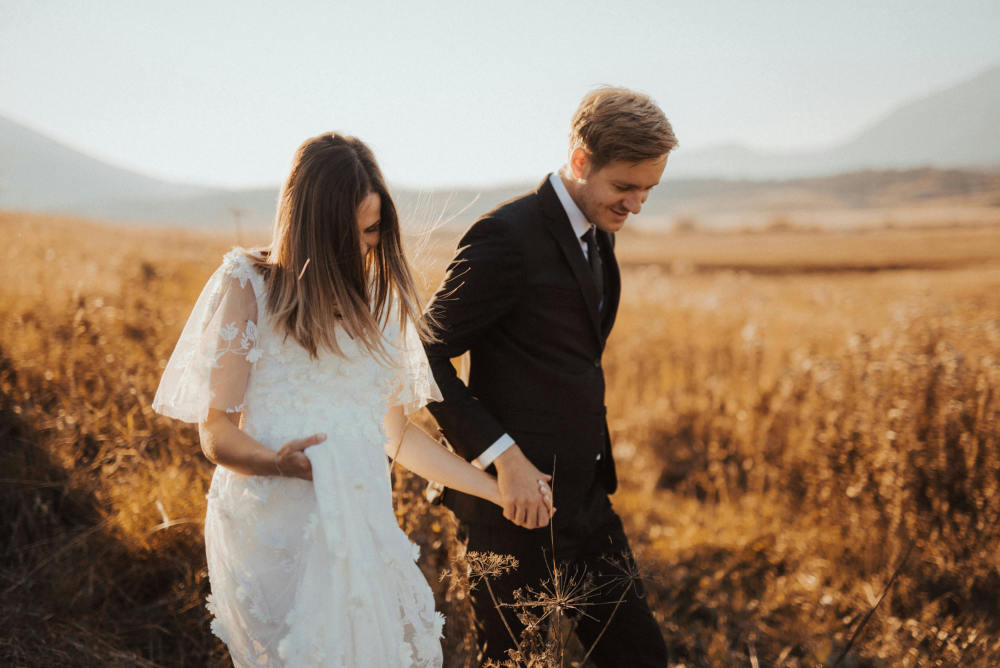
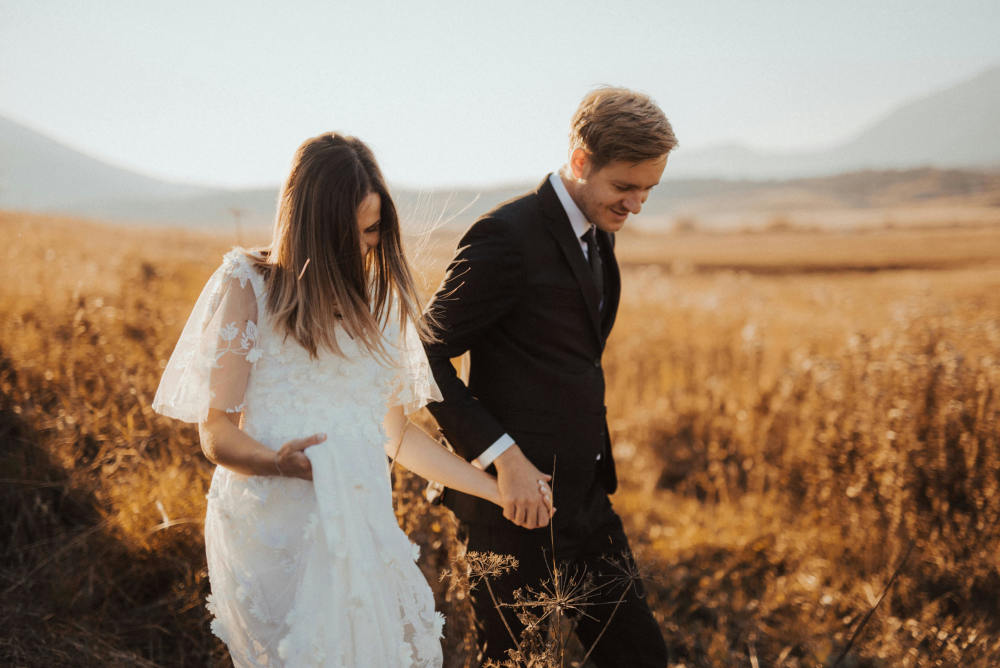
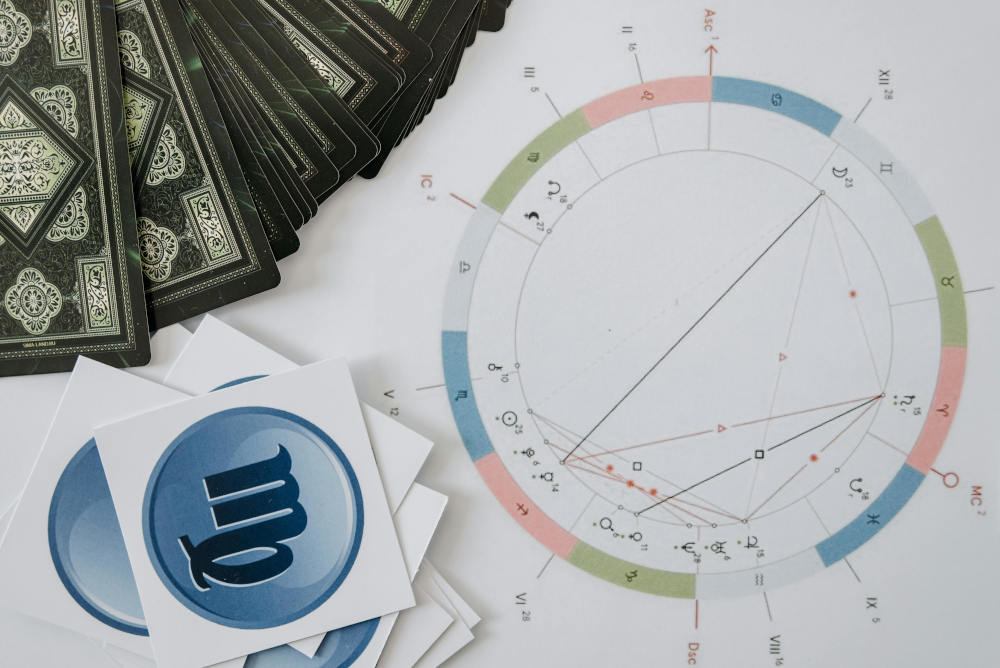

0 comments